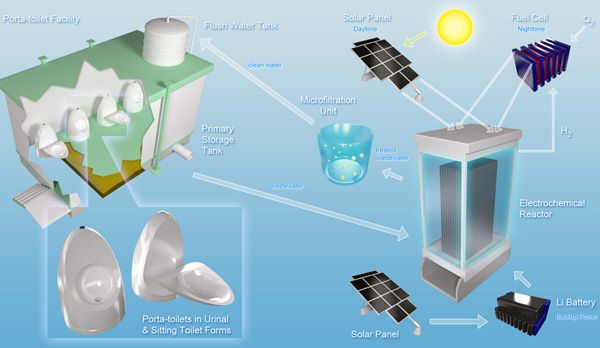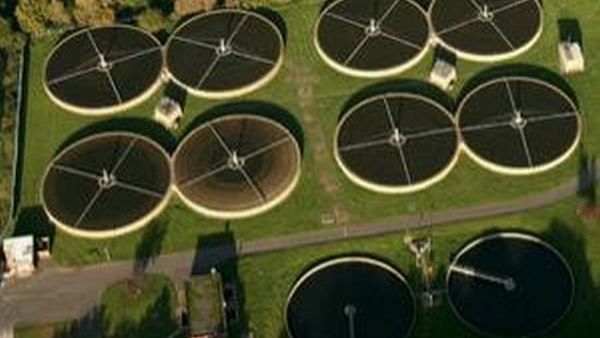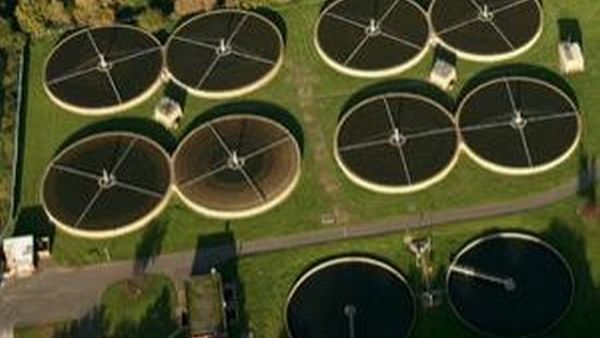
As we know it
The saying, âwaste not, want notâ, is apt for the findings of scientists that sewage has a lot of prospective to be an alternative source of energy. This is an important breakthrough, as this will save the energy, which is required for sewage treatment. This renewable energy, which is generated from sewage, can be further utilized for cleaning sewage and can be used for some other purposes. The energy produced from sewage is a solution for a cleaner, greener, and better future. Therefore, there need to be more innovations to utilize the vast potential of tapping sewage energy proficiently and using it effectively. In the long run, this will help in developing a sustained environment.
Need for change
Renewable
Renewable energy refers to the energy, which can be replenished naturally. Renewable sources of energy are water, sunlight, geothermal heat, water, and wind. For environmental well-being, governments and people across the globe are searching for renewable energy sources. One of the latest sources found for renewable energy is sewage. Sewage has a lot of prospective to be an effective alternative energy source.
Whatâs next?
1. Solar powered toilet

Whatâs new?
This Michael Hoffmann’s project aims at making a solar powered toilet. The project aspires to use solar panels to produce energy from sewage and then convert it into power. In this solar powered toilet, the remnants of the toilet are heated by the energy produced through solar panels. Due to this, hydrogen and carbon are produced and then these are used to charge fuel cells.
What difference will it make?
This project will enable people to power their homes by the energy produced from their own personal waste.
Problems
This technology is not available right now and it is believed that it will be quite expensive.
2. Snow using sewage waste

Whatâs new?
Skiing is one of the most popular sports for people and is one of the most lucrative business opportunities for resorts and hotels situated in the mountains. However due to increasing global warming, snow caps are melting and thus spoiling the business of skiing. To counter this problem, the holiday resort known as âArizona Snowbowlâ situated in Arizona has come up with a solution of producing self-made snow and then covering the snow tops with it. This snow will be made from treated sewage water.
What difference will it make?
The resort believes that this innovation will be a step towards sustaining the environment and will enable people to be able to enjoy the sport of skiing, which is reducing year by year.
Problems
Despite the claims made by the resort that the project is eco-friendly, environmentalists are not satisfied with this technology. They believe that the treated water might not be safe for humans, as it will contain industrial pollutants, harmful chemicals, and carcinogens.
3. Energy-efficient sewage treatment technique

Whatâs new?
The conventional method of treating sewage is by using a lot of fresh air and energy.
The microorganisms, which treat the sewage, digest the solid waste and convert it into methane. However, the liquid waste containing ammonium is left. Ammonium needs to be removed prior to discarding the water. To do so, some bacteria are used to convert ammonium into nitrate. These bacteria require oxygen supplied constantly by electric pumps. Then nitrate is transformed into nitrogen gas by denitrifying bacteria. Due to this process, a lot of energy is consumed. In order to reduce the energy used in sewage treatment, Gijs Kuenen at Delft University of Technology is working on a technique that will use less energy for the treatment process. The essence of this project is the discovery of a certain type of bacteria, which consumes ammonia even without oxygen. The bacteria are termed as anammox bacteria. It takes a short cut and converts ammonium directly into nitrogen gas without completing the nitrogen cycle. This breakthrough is very crucial as it will provide the method to treat sewage efficiently and will produce power instead of consuming it.
What difference will it make?
The conventional process of treating ammonia requires about 44 watt-hours for each person per day. This method aims at producing 24 watt-hours per day per person. Along with this, one of the by-product methane will be used as fuel.
Problems
This project is in the development phase and will require a lot of research and development.




